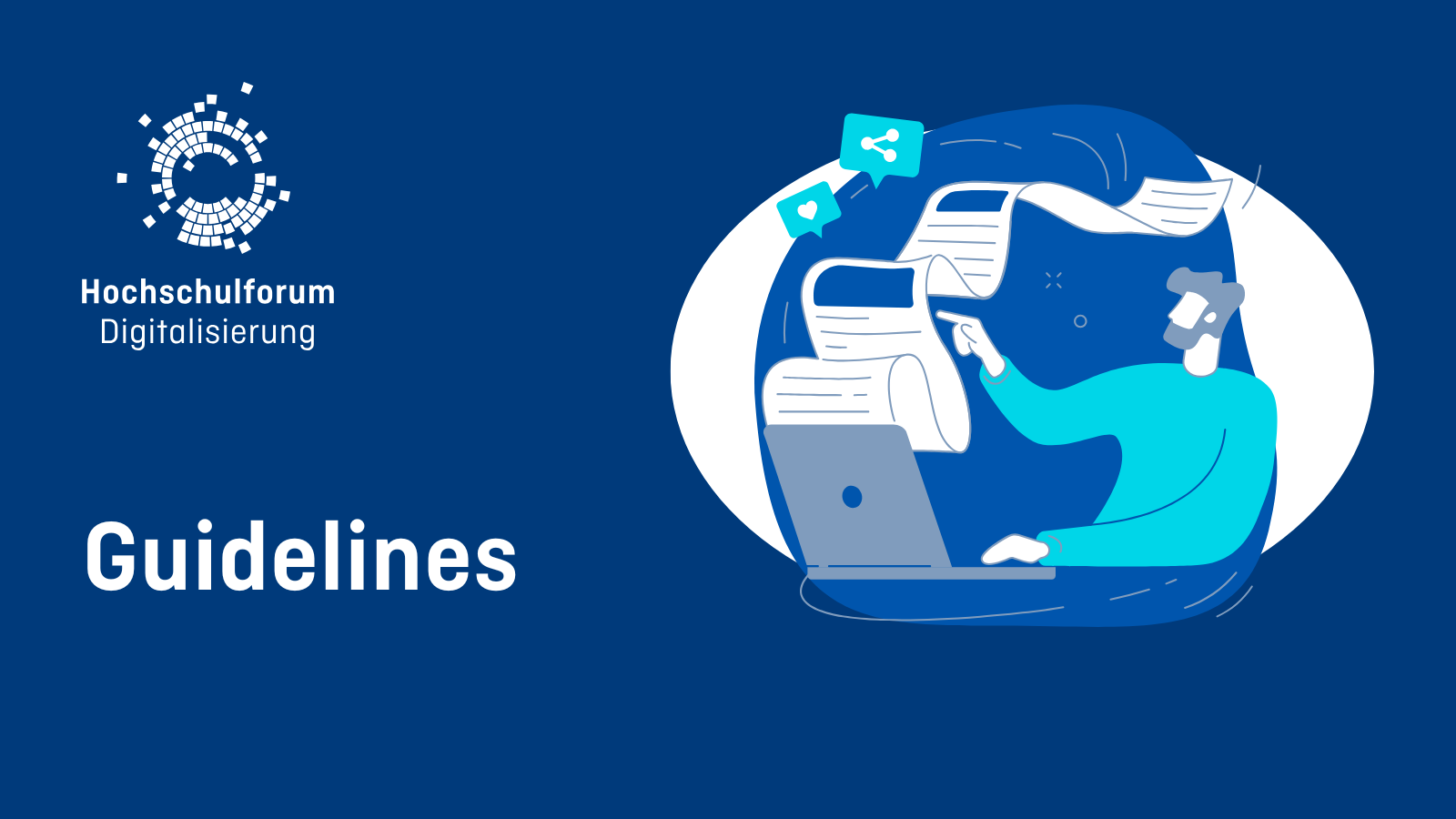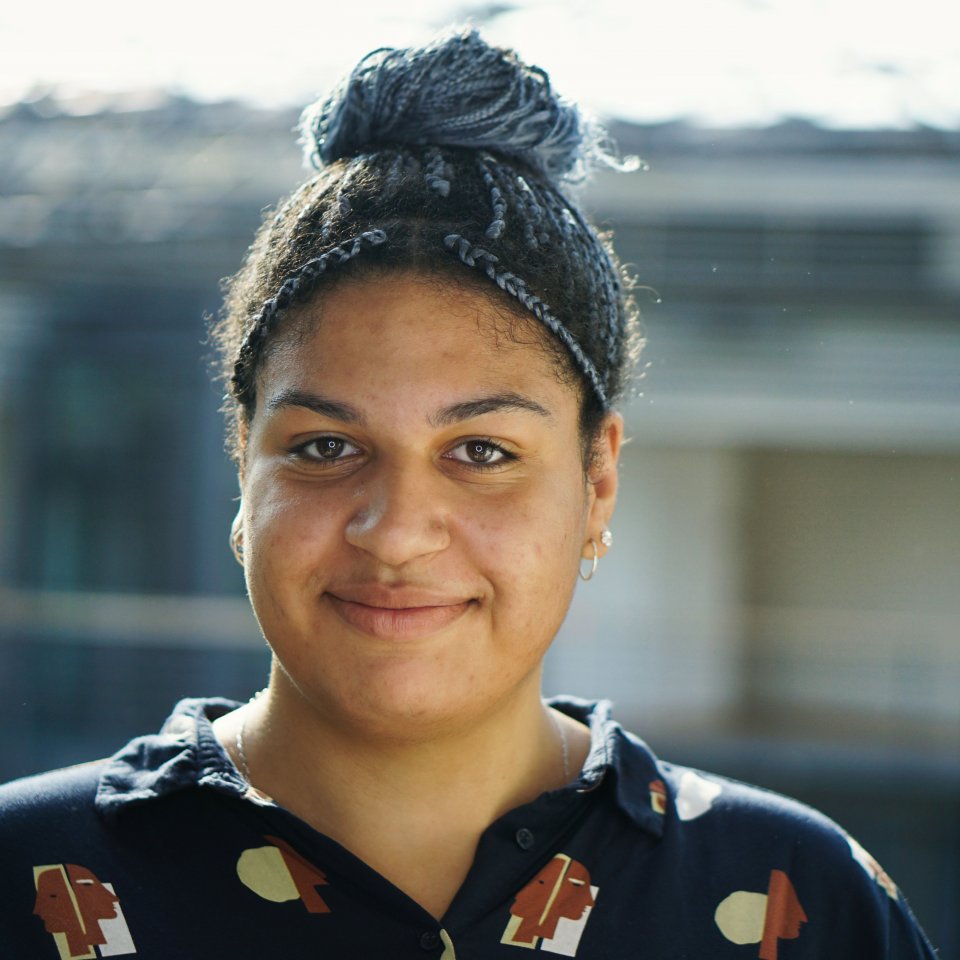Guidelines for blog authors
What do we need besides plain text?
We need the following things from you:
- if possible: images for illustration (with image source/link)
- Photo, short profile (2-3 sentences) and a link to your online presence (ideally LinkedIn, otherwise Bluesky, “X” or institutional profile) of the author(s). If you have already sent us a short description in the past, please check whether it is still up to date and appropriate for the contribution (especially with regard to institutional affiliations).

When will the blog post be published?
As a rule, we discuss the publication date with you as part of the initiation process. In doing so, we can usually be quite flexible with regards to the needs of the authors. In some contexts, stricter timelines result from, for example, events or publications to which the blog post is related.
Please send us your blog post in sufficient time before the planned publication, so that there is sufficient time for editorial work (if necessary, illustration, search engine optimization).
How is it published (licensing)?
The publications in our blog appear under the license CC BY-SA 4.0 (Attribution, Sharing under the same conditions). If you do not agree with this, we ask you to specifically tell us!
2 – Content
The text should be written from the individual perspective of one or more persons involved and not from the perspective of the respective institution. For our community, it is more exciting to hear about a peer’s experience than to read a text that sounds like a press release.
If there are relevant links to the described content (e.g. project websites), we recommend linking them directly in the text under the corresponding keywords as additional reading. In particular, we ask for links and references when assertions you make statements that do not logically follow from what has been previously written. While the HFD blog has no scientific standards as to citations and supporting evidence, it is aimed at a science-oriented audience. For this reason, among others, it is important to us as editors that claims are substantiated and, if necessary, legitimized with sources.
3 – Stylistic
What are the requirements for gender-responsive language and diversity?
We ask all authors to use gender-appropriate language and to use a consistent form throughout the text. In German texts, we use the colon to include all genders. In English, you might use gender neutral nouns. Furthermore, all authors are asked to critically review their texts with regard to diversity. This is expressed, among other things, by the choice of varied examples and the avoidance of ableist formulations. Further tips on German gender-appropriate language and a gender dictionary can be found at geschicktgendern.de.
What makes a good readable text?
To evaluate the readability of texts, we are guided by the
Flesch index
. According to this, short sentences and words (short words=few syllables) are better understood than long ones. The value achieved here has an influence on search engine rankings in addition to the user:inside experience. We ask all authors to make their text as readable as possible. You can enter your text for example
here
to check for readability. For more tips on avoiding language barriers, click here.
For better perception of key terms and particularly relevant text passages, we ask that these be marked in bold. Since this simple formatting step makes a major contribution to the page structure, we reserve the right, if no markers are set, to insert them later in our opinion.
KOM Team
 Julia Rosche
Julia Rosche
 Michael Siegel
Michael Siegel
 Felicia Aghaye
Felicia Aghaye
 Lisa Hoffmann
Lisa Hoffmann

